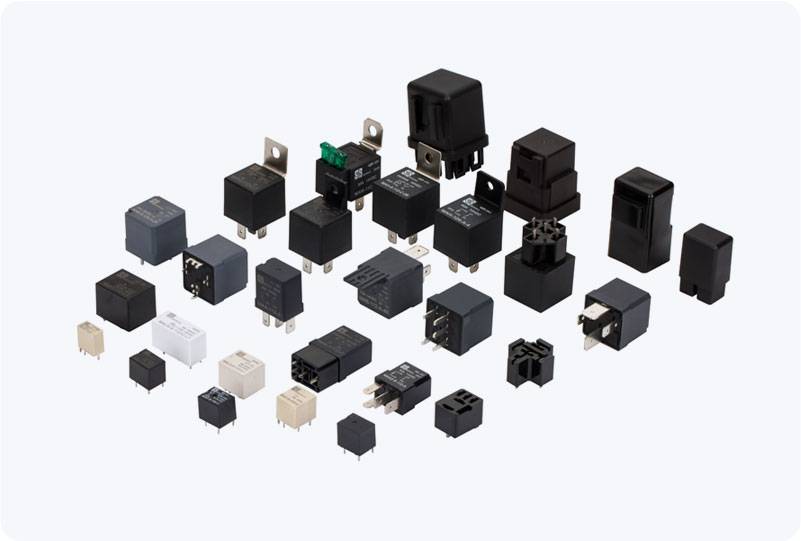Relays are essential components in modern automotive electrical systems, responsible for controlling the flow of current to various parts of the vehicle, such as lights, fuel pumps, and cooling fans. When a relay fails, it can cause a wide range of issues, from minor malfunctions to complete vehicle breakdowns. Understanding the common failure modes of relays in cars is crucial for vehicle owners and mechanics, as it can help diagnose and resolve electrical issues more efficiently. This article will explore the different failure modes of relays in cars, the symptoms they cause, and how they can be addressed.

What is a Relay in a Car? A relay is an electrical switch that uses a small amount of current to control a larger flow of current to power components like the engine control unit (ECU), fuel injectors, air conditioning, and other critical systems in the vehicle. In essence, relays act as gatekeepers for the electrical current, ensuring that it is sent only when necessary. When a relay fails, it can disrupt these systems, leading to significant problems for the vehicle. Common Relay Failure Modes Mechanical Failure Mechanical failure is one of the most common reasons for a relay to malfunction. Relays contain moving parts, including an armature and contacts, which are designed to open and close to allow or stop the flow of electricity. Over time, these moving parts can wear out or become damaged, causing the relay to become unreliable or fail completely. A mechanical failure can occur due to excessive heat, vibration, or normal wear and tear. When this happens, the relay might not engage properly, or it could stick in the “on” or “off” position, preventing the electrical system from functioning correctly.
Leave a Reply